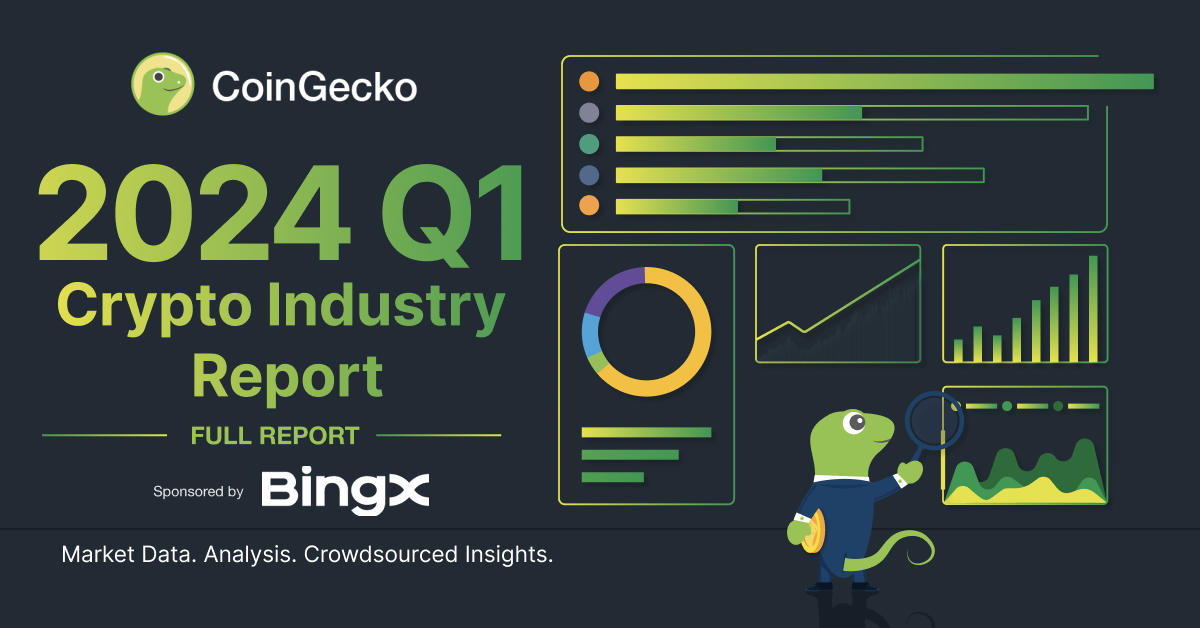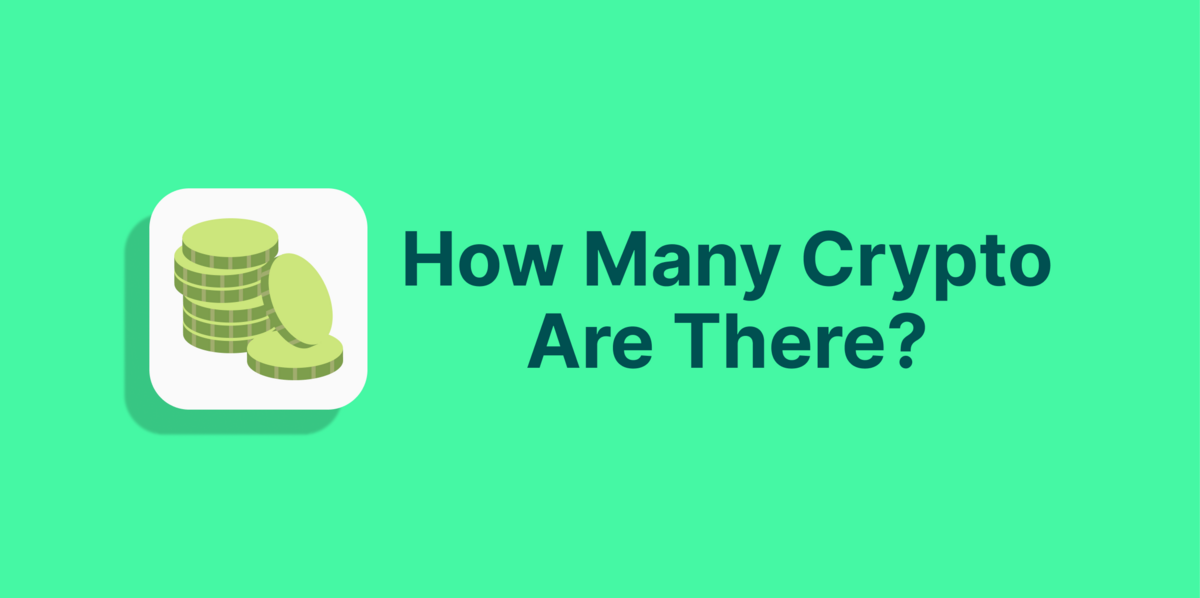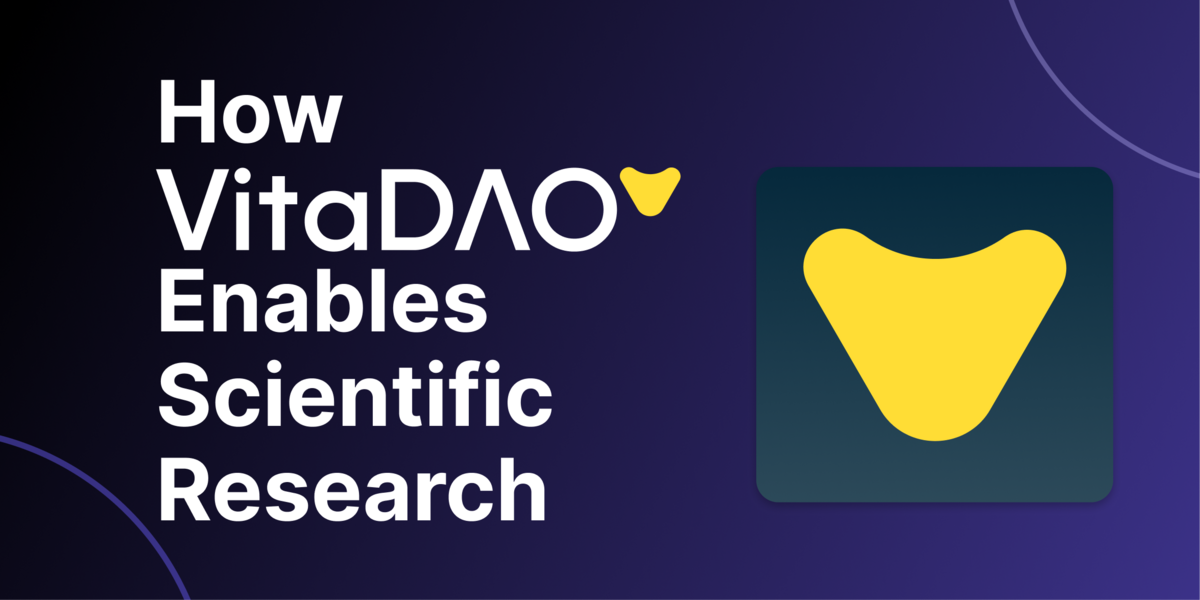What is zkSync Era?
zkSync Era is a Layer 2 blockchain scaling solution on Ethereum that uses zero-nowledge rollups to deliver faster and cheaper transactions. As it uses trustless zero-knowledge rollups, the one week challenge period for optimistic rollups are unnecessary on zkSync Era and withdrawals are generally complete within three hours.
Key Takeaways
-
zkSync Era is a trustless Layer 2 blockchain scaling solution built on Ethereum, leveraging zero-knowledge rollups to deliver cheaper and faster transactions on its network while maintaining a high level of security.
-
Layer 2 solutions execute transactions outside the congested main network of the Ethereum blockchain, utilizing the security layer of the network only to perform final validation on the transaction.
-
Rollups bundle transactions and execute them at once, saving time and cost.
-
Zero-knowledge offers transaction privacy by masking the details of a transaction without dampening the validity of the transaction.
-
The zkSync Era mainnet launched on 24th March 2023, marking the onset of activities on the network.

Matter Labs has raised over $250 million in financial support across four rounds of funding from prominent venture capitalists, including Binance, Okex, Andreessen Horowitz, and Consensys. Matter Labs is the creator of zkSync, a Layer 2 protocol that offers several improvements in the routine functioning of a blockchain network, such as faster withdrawals and lower transaction fees. After about 4 years of development, Matter Labs announced the launch of the main network of zkSync – Era. This marks the onset of public access to the zkSync Layer 2 network, as well as the first publicly launched zkEVM.
In July 2023, zkSync Era earned 1.3K ETH in onchain profits, more than Arbitrum's 605K and Optimism's 517K, based on this chart by 0xKofi on Dune:

Beyond a higher number of transactions, zkSync Era also only posts the state change, instead of a batch of all transaction data as in the case of Optimism and Arbitrum. Another consideration for this difference could be the different costs of gas across the different L2s.
Now, let's look at what is zkSync, zero-knowledge, and rollups?
Understanding zkSync Era
zkSync Era is a Layer 2 zero-knowledge scaling solution built on the Ethereum blockchain. Layer 2 solutions improve efficiency by moving away from the main network and operating without the relatively higher load on the main network. zkSync is also a trustless protocol that promises to further speed up transactions and charge cheaper fees for each transaction by validating transactions in groups through rollups.
zkSync Era includes support for account abstraction, which allows crypto wallets to be set up in more complicated ways that offer more functions. This means a wallet can require additional security steps like multi-signature, or two-factor authentication.
Also, unlike optimistic rollups, where withdrawals take a minimum of seven days due to the security parameter of maintaining a one-week challenge window for disputes, withdrawals of assets from a zero-knowledge rollup to Ethereum takes around 15 minutes to 3 hours. As zero-knowledge rollups are trustless, relying purely on maths and cryptographic proof to verify transactions, the one-week challenge window in optimistic rollups is unnecessary with zk-rollups, as exit transactions are executed once the zk-rollup contract has verified the validity proof and it is posted to Ethereum.
At the moment, all transactions in zkSync Era are transparent, with the details of the transaction available for public view. However, the team has confirmed that there are plans to implement privacy as an integral protocol feature, to encourage mass adoption.
zkSync Era also promises a vibrant ecosystem of apps, as even before launch, zkSync already had over 200 projects waiting on the sidelines to deploy on its platform. As of today, based on DefiLlama data, there are 10 protocols active on zkSync Era, and if you're interested to learn more about some of them, you can read our article on the zkSync ecosystem here.
How Does zkSync Era Work?
As a Layer 2, zkSync Era is a dependent network, where it relies on the main network to validate transactions executed on its network. That said, it handles every aspect of the transaction apart from the final validation.
To send a transaction to the main network for validation, zkSync Era uses rollups to bundle up several transactions, which are then validated as a single transaction on Ethereum. This means the total fee for all the rolled up transactions is just the one-time fee paid for one transaction. When this transaction is validated on the main network, they are recorded on zkSync’s ledger.
In this way, zkSync Era claims to scale the Ethereum blockchain by allowing users to operate on the network for less cost and improved efficiency while enjoying the same level of security.
To better explain what a zero-knowledge rollup is, let’s look at what zero-knowledge proofs and rollups are.
What are Zero-knowledge Proofs?
Zero-knowledge proofs are an innovative cryptographic technique that can conceal the details of a transaction while also executing and validating it. This technique allows the validator to have no knowledge of the core details of the transaction, including the amount transacted and the transacting parties, while still being able to confirm that the transaction is valid.
In a zero-knowledge proof transaction, there are two parties involved: the Prover and the Verifier. The Prover is the party that wants to prove a statement to the Verifier, while the Verifier is the party that wants to verify the truth of the statement without requiring any additional information about it. The ZK protocol is responsible for mediating the transaction, and the hidden information, which includes the details of the transaction, is known as the Witness.
To prove to the Verifier that a transaction is true, the Prover must answer a question regarding the transaction. The Verifier generates the question, which is known as the Challenge, and sends it to the Prover. The Prover then provides an answer, which is known as the Response, and proves their knowledge of the Witness. The ZK protocol validates the Prover's answer and relays the transaction's truthfulness to the Verifier. As a result, the only information the recipient of the transaction has is whether it is true or false.
This technology is used by a number of Layer 1 and Layer 2 projects. zkSync uses a succinct, non-interactive type of zero-knowledge protocol known as ZKSNARK. Polygon will also employ the zero-knowledge protocol in its Layer 2 project – Polygon zkEVM.
Rollups
Transactions on the Ethereum blockchain are validated in sequence. The network slows when there are many transactions in the queue. Payment for each transaction is also made separately. This system is time-consuming and costly. Rollups save time and cost by bundling these transactions and settling them at once. The transactions are “rolled-up” and treated as a single transaction. By this, a single fee is paid for these transactions as well.
The fee paid for each transaction is a dividend of the total number of transactions in the bundle and the fee charged. Rollups improve efficiency in saving time and cost for P2P and smart contract transactions.
The Growth of zkSync Era
Matter Labs named the zkSync mainnet as “Era,” as according to the Ethereum scalability project, the zkSync main network represents “a brand new Era for user experience.” According to Matter Labs, the network combines self-custody with intuitive and security-fostering UX, which are critical to onboarding the first billion users to web3. On Era, Matter Labs hopes to deliver a platform where new decentralized applications can thrive and also make it possible for existing applications to branch or completely relocate their solutions to the network.
zkSync has shared the progress report for the network. According to the project’s official Twitter page, the zkSync Era recorded over one million transactions within the first four days of launch.
— zkSync ∎ (@zksync) March 27, 2023
Since its launch, the total value locked on the network has been steadily climbing. zkSync joins other Ethereum scaling solutions to seek improvements on how the EVM and EVM-dependent decentralized applications work, in a bid to solve the scalability aspect of the blockchain trilemma.
Since the launch of the zkSync Era mainnet, the community has been abuzz about the future of the network and the possibility of the project issuing a token in the near future. While Matter Labs has repeatedly refrained from confirming plans to launch a token or run an airdrop program, the general consensus based on previous airdrops is that interacting with the protocol’s smart contracts is usually one of the requirements.
If you're keen to find out more about how you can improve your eligibility for the potential zkSync airdrop, we've prepared a brief guide on how you can prepare for the airdrop here.
zkSync vs. Polygon zkEVM
zkSync will be competing against several other projects for the zero-knowledge and rollup market share. A prominent one is the zkEVM in development by Polygon, which will utilize the zero-knowledge protocol to deliver a platform similar to zkSync’s Era.
The major difference between these two is bytecode compatibility, where zkSync is EVM-compatible while Polygon zkEVM is EVM-equivalent. This means that while Polygon zKEVM is bytecode compatible, zkSync Era is not. The bytecode compatibility means that existing projects on Ethereum can port their application to Polygon zkEVM without needing to change the code, so launching an existing project on the network is faster and cheaper. Era on the other hand is LLVM-based. Therefore, to deploy a project on Era, the project will need to be compiled using the LLVM compiler.
While this isn’t really a very strenuous process, the additional procedure to deploy on Era could cause some projects to choose the other zero-knowledge solution.
In an interview with The Block, Alex Gluchowski, zkSync’s founder, maintains that zkSync’s current design is important for the platform’s operation and also reflected on the need to pursue new solutions to overcome the limitations of the existing system.
"We're not focusing on rigidly succeeding on backwards compatibility. That is not our goal. We want to leverage the maximum potential of zk-proofs for the future… We're willing to deviate from the current standard in order to innovate faster."
Final Thoughts
Due to the limitations of the Ethereum blockchain, Layer 2 scaling solutions and many EVM-compatible Layer 1 network are attempting to develop a more efficient platform for Ethereum’s technological offerings to flourish. zkSync is a step in this direction as well. With the launch of the zkSync Era, developers get an opportunity to deploy decentralized solutions on a platform that promises better user experience, privacy, and security.
zkSync however, is in its earliest stage and is still optimizing its facilities. While projects on the platform continue to share their growth statistics, the focus will be on how the technologies it claims to deliver will perform over time. As of now, the trend is largely positive, even in the face of its recent downtime of 4 hours on April 1, 2023, as seen in this DefiLlama chart:
On the other hand, other projects are also experimenting with ways to use zero-knowledge rollups to deliver efficient platforms for P2P transactions. In addition to zkSync, there are Layer 1 ZK projects using the zero-knowledge protocol in development, and Layer 2 rollups like Optimism and Arbitrum. Its closest competitor is the Polygon zkEVM, which is also a zero-knowledge rollup.
Having said this, it is important to understand that zkSync, in its earliest stage of development will inevitably undergo a couple of changes. As an investor, always carry out your own research before investing in any cryptocurrency project. Also, note that this article is only informative and is not meant to serve as financial advice.

Joel is deeply interested in the technologies behind cryptocurrencies and blockchain networks. In his over 7 years of involvement in the space, he helps startups build a stronger internet presence through written content. He is the founder of CryptocurrencyScripts. Follow the author on Twitter @agboifesinachi









 Or check it out in the app stores
Or check it out in the app stores